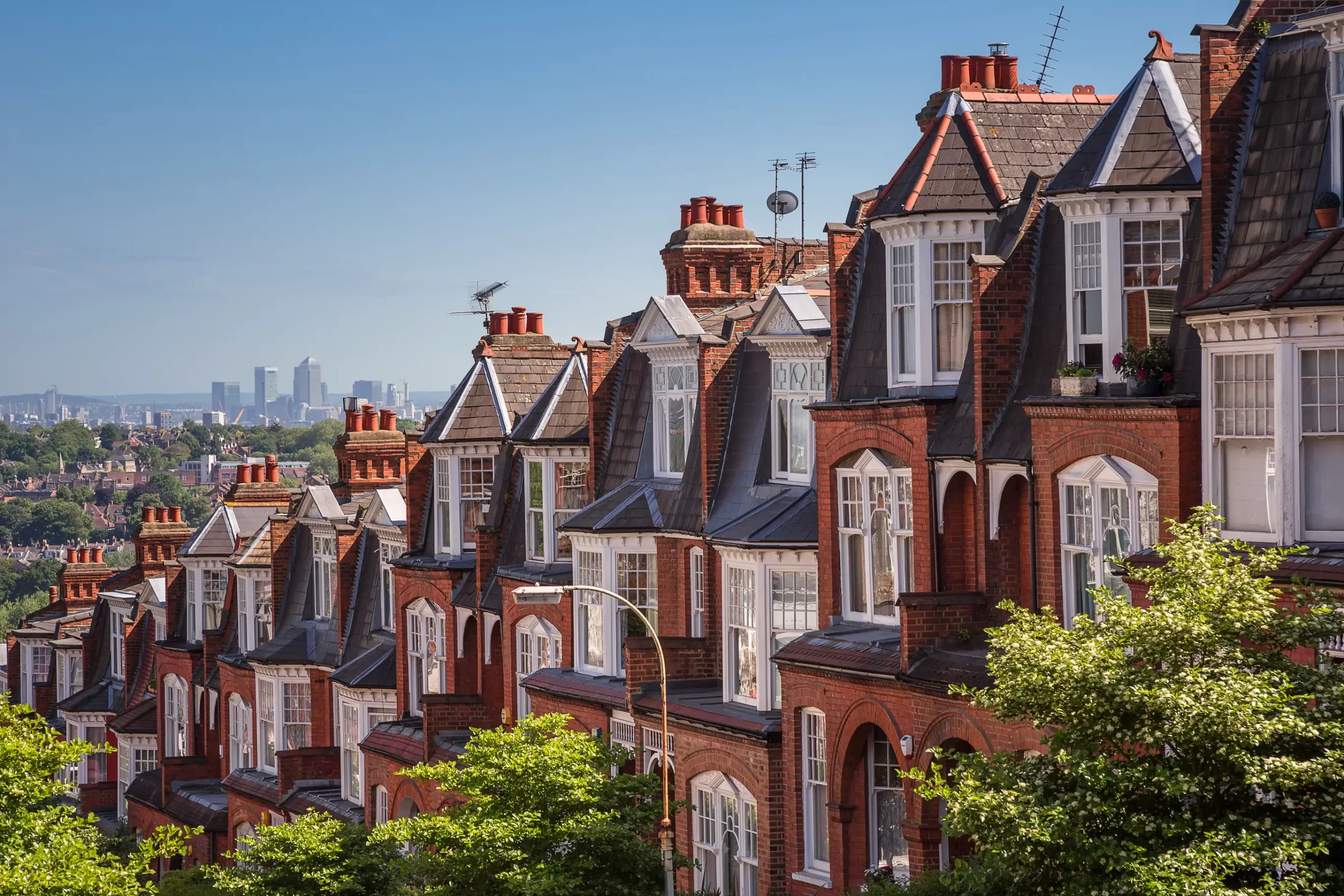
Victorian charm is all about ornate architecture, timeless elegance, and historical significance converge. Buying a Victorian property is a unique experience that combines the allure of a bygone era with the practicalities of modern real estate. This guide will take you through the intricacies of purchasing a Victorian property, ensuring a smooth and informed transaction.
Understanding Victorian Properties:
Victorian homes, built during the reign of Queen Victoria (1837-1901), boast distinctive architectural features such as intricate ironwork, stained glass windows, and steep roofs.
Early Victorian properties tended to be the most extravagant. In contrast, properties built in the later stages of the Victorian period were smaller due to the increased need for more housing as the population grew.
Gothic styles heavily influenced Victorian properties, which were tall and thin, often with rooms for servants either on the top floors or in the basement.
These properties often hold historical significance, contributing to the cultural tapestry of the neighbourhood. Before delving into the conveyancing process, it’s crucial to understand the nuances and potential challenges associated with Victorian homes.
Heritage Considerations:
Many Victorian properties are listed on heritage registers, requiring special care and attention during the conveyancing process. Your conveyancer should be well-versed in navigating the intricacies of heritage regulations to ensure compliance and prevent any unforeseen obstacles.
Title Deeds and Boundaries:
Victorian properties often come with unique title deeds and boundary arrangements. Conveyancers play a crucial role in scrutinising these documents to ensure clear ownership and establish any legal obligations associated with the property.
Structural Assessments:
Due to their age, Victorian properties may require thorough structural assessments. Your conveyancer will liaise with surveyors to identify any potential issues, such as subsidence or dampness, that may impact the property’s value or safety.
Common issues you might find when looking to buy or renovate a Victorian property include:
Dampness: damp proof course wasn’t made mandatory until 1875, so some early Victorian properties may not have any DPC at all, while later properties may have fallen victim to poor-quality craft.
Wavy roofs: Victorian properties were only built to hold lightweight roof tiles. However, concrete tiles became much more popular due to cost-saving purposes. The use of concrete tiles may cause a Victorian roof to sag as a result of the additional weight. If the roof line isn’t straight when viewing a Victorian property, it could mean a problem with the joists and rafters.
Bowed walls: if you notice the brickwork bowing outwards, it could indicate problems with the foundation, which could be pretty costly to fix.
These potential problems with Victorian properties are why it’s essential to have preliminary checks, searches and enquiries as part of the conveyancing process.
Your conveyancer will initiate the process by conducting preliminary checks on the property’s title, planning permissions, and any potential restrictions. This step is crucial for identifying any red flags or legal hurdles that may arise.
Comprehensive searches and enquiries are essential for Victorian properties, considering potential conservation area restrictions, local land charges, and planning history. Your conveyancer will also communicate with the local authority to gain insights into any ongoing or upcoming developments in the area.
Your conveyancer will also liaise with heritage authorities for listed Victorian properties to ensure that any proposed alterations or renovations adhere to preservation guidelines. This may involve obtaining special permissions or negotiating with relevant authorities.
Once all necessary checks are completed, your conveyancer will assist in negotiations and the drafting of contracts. This may include addressing any repair issues identified during the survey and finalising the terms of the sale.
Buying a Victorian property is a journey that combines nostalgia with modern real estate considerations. With the right conveyancer by your side, navigating the unique challenges of Victorian homes can be a rewarding experience. Embrace the charm, preserve the history, and embark on the exciting adventure of making a Victorian property your own. If you have any questions regarding a Victorian property, be sure to get in touch with one of our team!

© 2024 Muve UK. All Rights Reserved.